Nearly 70 percent of people start a core routine and quit within weeks due to frustration with equipment or lack of progress. Choosing the right abs roller can make the difference between giving up and seeing real, lasting results. With so many options on the market, understanding which features support your fitness level sets you up for comfort, safety, and a stronger, more confident core.
Quick Summary
| Key Point | Explanation |
|---|---|
| 1. Choose a dual-wheel roller for stability | Dual-wheel rollers offer better support for beginners, enhancing balance during workouts compared to single-wheel models. |
| 2. Prepare your space and body properly | Ensure a clear, flat workout area and warm up with dynamic stretches to reduce injury risk and improve performance. |
| 3. Master hand placement and posture | Start in a kneeling position with proper grip and body alignment to ensure effective and safe ab roller use. |
| 4. Perform controlled movements for safety | Focus on rolling forward and back with a neutral spine, avoiding excessive range to maintain proper form and prevent strain. |
| 5. Track progress for continuous improvement | Document repetitions and form to identify areas for improvement, ensuring you maintain proper technique and gauge strength gains effectively. |
Table of Contents
- Step 1: Choose The Right Abs Roller For Your Needs
- Step 2: Prepare Your Body And Space For Safe Use
- Step 3: Learn Proper Hand Placement And Starting Position
- Step 4: Perform Controlled Rolling Movements Safely
- Step 5: Check Your Form And Track Progress Effectively
Step 1: Choose the Right Abs Roller for Your Needs
Selecting the perfect abs roller can transform your core training from frustrating to fantastic. Your goal is finding a roller that matches your current fitness level while providing room for progression.
For beginners, stability is key. According to research from Fountain of Fit, dual wheel rollers offer the best starting point. These models provide more balance and support compared to single wheel designs that challenge even experienced athletes. Specifically, look for rollers with four wheels or a wheel width around 3.93 inches to enhance your stability during workouts.
When evaluating potential abs rollers, pay close attention to several critical features. Grip comfort matters significantly research indicates that sponge covered handles can make a substantial difference in your training experience. Aim for ergonomic handles that feel natural and prevent hand fatigue during your core workouts.
Consider additional features that support your fitness journey. Some advanced rollers come with helpful extras like knee pads or automatic return mechanisms. These can help maintain proper form and make your training more comfortable especially when you are just starting out.
Pro Tip: Start with a wider base roller and gradually progress to more challenging single wheel models as your core strength improves.
Budget is important but do not compromise on quality. A well constructed abs roller might cost slightly more but will provide better support and last longer through your fitness journey. Look for solid construction materials like steel frames and durable wheels that can withstand repeated use.
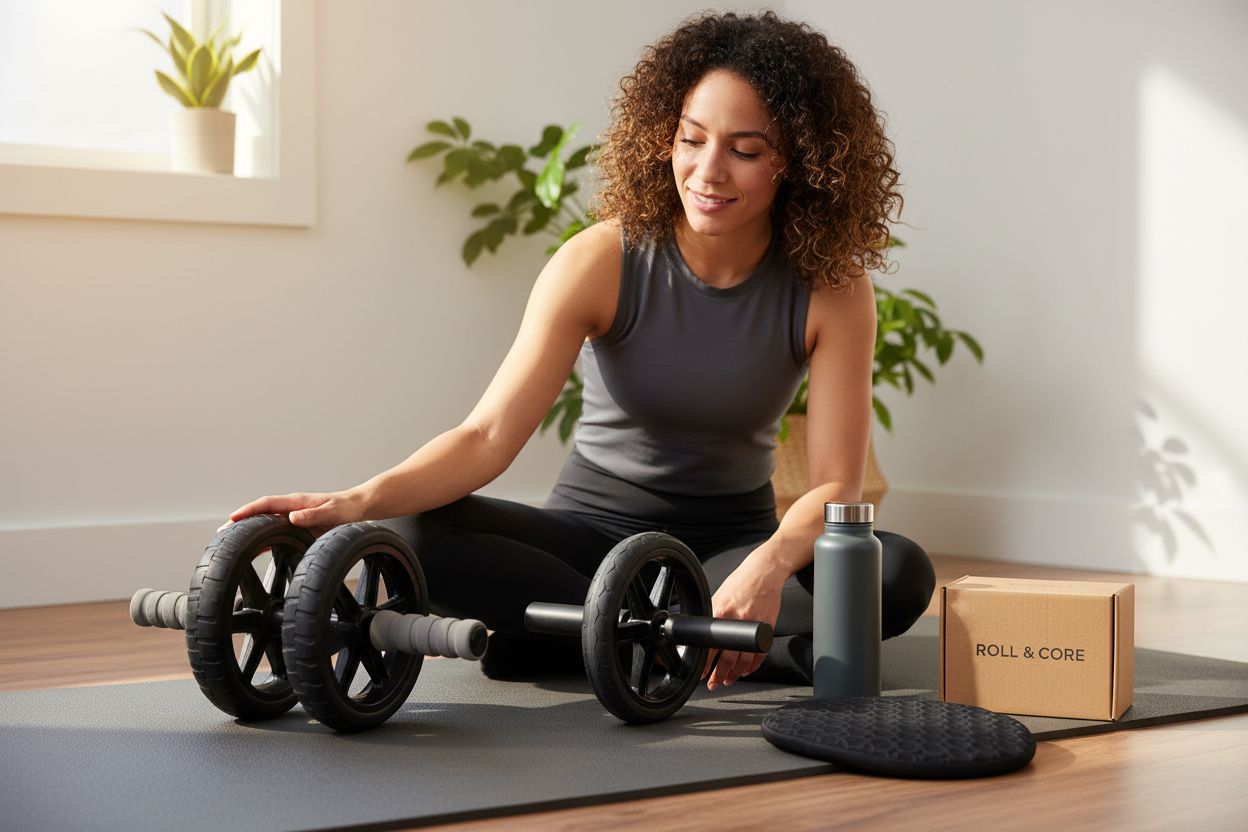
Your next step is trying out different models and seeing which feels most comfortable for your body. Remember core training is a personal journey and finding the right equipment makes all the difference.
Here’s a comparison of key features to look for when choosing an abs roller:
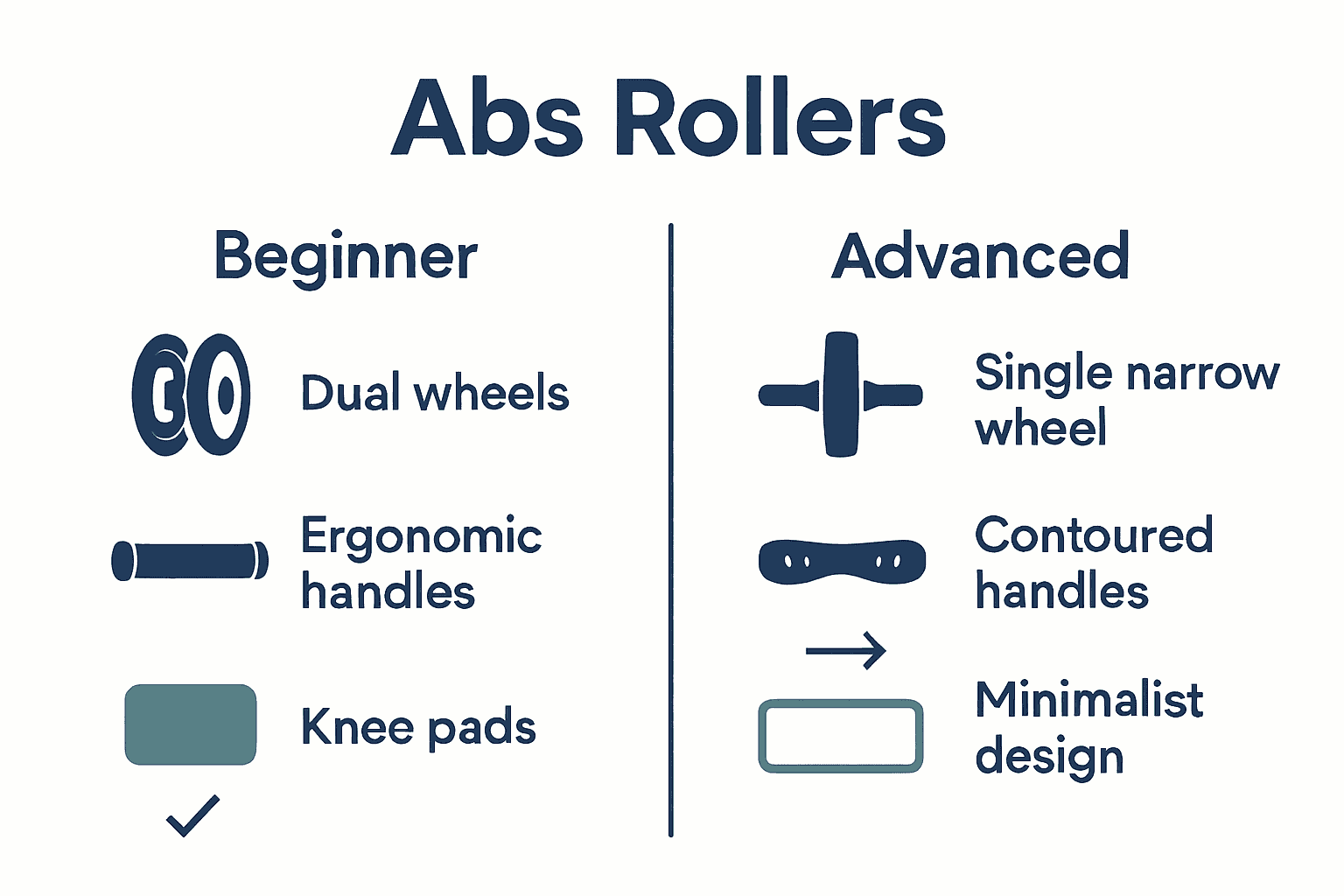
| Feature | Beginner-Friendly Models | Advanced Models |
|---|---|---|
| Wheel Type | Dual/Four-Wheel Wider (3.93") |
Single-Wheel Narrower |
| Handle Comfort | Sponge Covered Ergonomic |
Standard or Contoured |
| Extra Accessories | Knee Pads Auto Return |
Few Extras |
| Construction | Steel/Plastic Frame | Reinforced Steel Minimalist |
| Price Range | Budget to Moderate | Moderate to Premium |
Step 2: Prepare Your Body and Space for Safe Use
Before diving into ab roller workouts you need to set yourself up for success and prevent potential injuries. Creating the right physical and environmental conditions will help you maximize your training effectiveness while keeping your body protected.
Start by clearing a dedicated workout space with a flat firm surface. Hardwood floors exercise mats or clean carpet work best. Ensure you have enough room to roll forward and backward without hitting furniture or walls. Aim for a space at least 6 feet long and 3 feet wide to provide ample movement area.
Prepare your body through proper warmup and flexibility work. Spend 5 to 10 minutes doing dynamic stretches that activate your core stabilizer muscles. Focus on movements like cat cow poses gentle torso twists and light planks to prime your body for the roller workout. These preparatory exercises increase blood flow reduce injury risk and improve overall performance.
Wear comfortable form fitting clothing that allows unrestricted movement. Tight athletic wear helps you maintain proper form and prevents fabric from interfering with your roller motion. Consider wearing padded workout gloves to protect your hands and improve grip especially when you are first learning the technique.
Pro Tip: Keep a water bottle and towel nearby to stay hydrated and wipe away sweat during your workout.
Check your physical readiness before starting. If you have any existing lower back neck or shoulder injuries consult a healthcare professional first. Those with core muscle weaknesses or recent surgeries should start with modified exercises or seek professional guidance to prevent potential strain.
Mental preparation is just as crucial as physical readiness. Approach your ab roller workout with focus and patience. Understand that mastering this tool takes practice and you will not achieve perfect form immediately. Stay consistent patient and listen to your body throughout the training process.
Your body is now primed and your space is ready. In the next section you will learn the fundamental techniques to start your ab roller journey safely and effectively.
Step 3: Learn Proper Hand Placement and Starting Position
Mastering the correct hand placement and starting position is crucial for effective and safe ab roller training. Getting these fundamentals right will help you build core strength while minimizing injury risk.
According to research from Sweat.com guidance indicates that you should begin in a kneeling position. Place the ab roller directly below your chest with hands positioned symmetrically on each handle. Think of this as your home base where every movement will originate.
Focus on your grip technique. Hold the handles firmly but not rigidly. Your hands should be shoulder width apart creating a stable foundation for your movement. Imagine you are holding something delicate yet secure maintaining a balanced tension that allows smooth controlled motion.
Your body positioning matters immensely. Maintain a neutral spine throughout the exercise by keeping your back straight and core engaged. Avoid arching or sagging which can lead to unnecessary strain. Visualize a straight line running from your head through your spine to your knees creating a solid platform for movement.
Pro Tip: Practice your starting position without moving first. Get comfortable with the feel of the roller and your body alignment before adding dynamic motion.
Breathing plays a significant role in executing the movement correctly. As you roll forward inhale deeply and slowly. This helps stabilize your core and maintain control. When pulling the roller back toward your starting position exhale with purpose creating a rhythmic pattern that supports your muscular effort.
Remember that perfection comes with practice. Do not get discouraged if your first attempts feel awkward or challenging. Start with short controlled movements and gradually increase your range as your strength and technique improve.
With your hand placement and starting position now understood you are ready to begin your first controlled ab roller movements. Stay patient focused and committed to proper form.
Step 4: Perform Controlled Rolling Movements Safely
Now that you have mastered your starting position it is time to execute smooth controlled ab roller movements. Your goal is to challenge your core while maintaining impeccable form and preventing potential injury.
According to Runners World the key is leading the movement with your hips while maintaining pelvic stability. As recommended by research from Sweat.com begin by inhaling deeply and rolling the wheel forward with precision. Focus on keeping your spine neutral and core fully engaged throughout the entire motion.
Roll forward only as far as you can maintain perfect form. This means stopping the moment you feel your lower back starting to arch or sag. Most beginners make the mistake of pushing too far which can lead to unnecessary strain. Think of your movement as a controlled extension where your abdominal muscles are doing the work not momentum.
Pay close attention to your breathing rhythm. Inhale as you extend forward creating tension in your core. Exhale purposefully as you pull the roller back toward your starting position. This breathing technique helps maintain core engagement and provides additional stability during the movement.
Pro Tip: If you cannot complete a full extension without losing form start with shorter rolls and gradually increase your range as your strength improves.
For added variety Runners World suggests exploring lateral rollout variations. These side to side movements can engage different muscle groups and prevent workout monotony. However always prioritize maintaining a tight pelvis and controlled form to minimize injury risks.
Remember that quality trumps quantity in ab roller training. Five perfect controlled repetitions are far more beneficial than twenty sloppy ones. Move slowly deliberately and with full awareness of your body mechanics.
As you become more comfortable with basic rolling movements you will develop greater core strength and control. Stay patient consistent and always listen to your body during this challenging but rewarding exercise journey.
Step 5: Check Your Form and Track Progress Effectively
Tracking your ab roller performance goes beyond counting repetitions. It is about understanding how your body moves developing precision and gradually building core strength with intention and awareness.
According to research from Fountain of Fit the key is to start with knee based roll outs and progress gradually. Begin by assessing the smoothness and stability of your movements. A stable roll indicates youre executing the exercise correctly while wobbling suggests you need to refine your technique.
Use video recording as a powerful form checking tool. Set up your smartphone to capture your side profile during workouts. Review the footage to examine your spine alignment hip positioning and overall body mechanics. Look for signs of lower back sagging or uncontrolled movements that might compromise your exercise effectiveness.
Create a simple progress tracking system. Record metrics like number of repetitions range of motion and perceived difficulty level. Aim to increase your roll distance incrementally while maintaining perfect form. According to the Fountain of Fit guide realistic expectations are crucial some strength gains might take weeks to become visible.
Pro Tip: Take progress photos every 4 weeks wearing the same clothing to objectively track your physical changes.
Pay attention to recovery and listen to your body. Muscle soreness is normal but sharp pain is not. If you experience persistent discomfort modify your technique or consult a fitness professional. Research from My Best suggests that features like auto rebound mechanisms and elbow pads can help maintain form as your strength develops.
Consider maintaining a workout journal to document your ab roller journey. Note improvements in stability core engagement and overall comfort with the exercise. This documentation will serve as motivation and help you recognize your progression over time.
Your commitment to mindful practice and consistent tracking will transform your ab roller experience from a challenging workout to a strategic fitness journey.
Unlock Confident Core Training With the Right Support
Struggling to stay motivated during your core workouts or finding it hard to track real progress with your ab roller? If you are frustrated by poor grip, unstable equipment, or lack of long-term results, you are not alone. As the article “Abs Roller for Beginners: Master Core Training Easily” highlights, lasting core strength starts with the right tools, consistent self-care, and an inspiring environment that prioritizes your wellness journey.
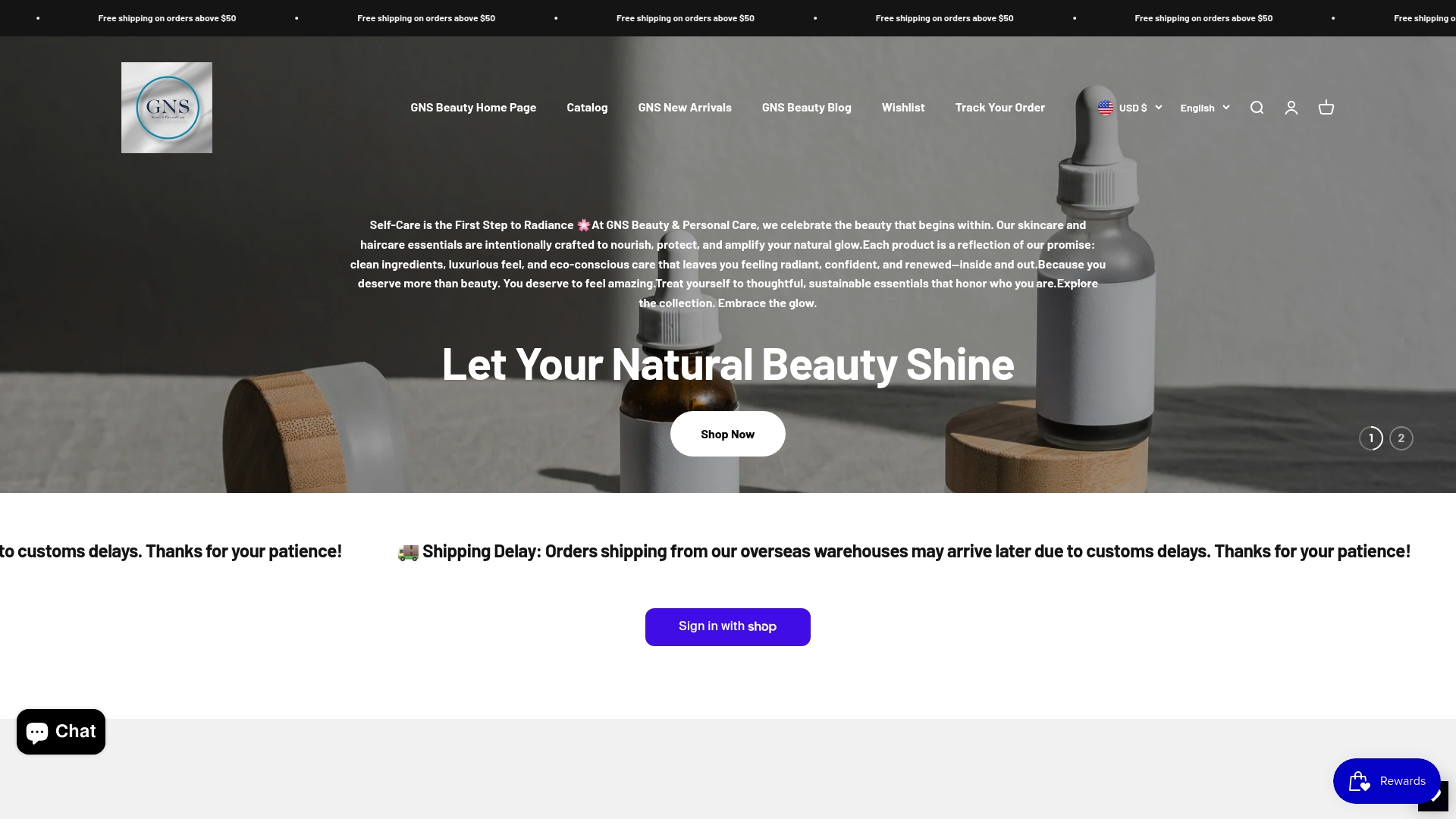
Make every training session count by pairing reliable fitness gear with GNS Beauty & Personal Care’s premium wellness essentials. Our selection at GNS Beauty & Personal Care is designed for beginners who want to master foundational moves while feeling their best. Explore core-friendly accessories, recovery products, and other supportive wellness options made for all commitment levels.
Give your wellness routine the upgrade it deserves. Visit our main site now and discover self-care solutions that help you stay on track, boost your confidence, and see visible results. Shop today and start turning effort into true progress.
Frequently Asked Questions
What should I look for when choosing an abs roller for beginners?
Choosing an abs roller for beginners involves looking for dual or four-wheel models for better stability. Make sure to select one with ergonomic handles for comfort and durability, and consider any extra features like knee pads to enhance your training experience.
How can I prepare my body for using an abs roller safely?
To prepare your body for abs roller workouts, perform a 5 to 10 minute warmup with dynamic stretches that activate core muscles. Focus on exercises like gentle torso twists and light planks to reduce injury risk and improve performance.
What is the correct starting position for using an abs roller?
Begin in a kneeling position with the abs roller directly beneath your chest and hands positioned symmetrically on each handle. Maintain a neutral spine and engage your core, ensuring your body forms a straight line from your head to your knees for effective rolling.
How do I perform rolling movements correctly with an abs roller?
Execute controlled rolling movements by inhaling deeply as you roll forward, keeping your spine neutral and core engaged. Roll only as far as you can maintain perfect form to avoid lower back strain; start with smaller rolls and gradually increase your distance.
How can I track my progress while using an abs roller?
Track your progress by recording metrics such as the number of repetitions and range of motion every week. Consider taking progress photos every four weeks to visually document physical changes and monitor your core strength improvements.
What should I do if I experience discomfort while using the abs roller?
If you feel discomfort while using the abs roller, modify your technique or reduce your range of motion to maintain proper form. Listen to your body to avoid injury, and if pain persists, consult a fitness professional for personalized guidance.

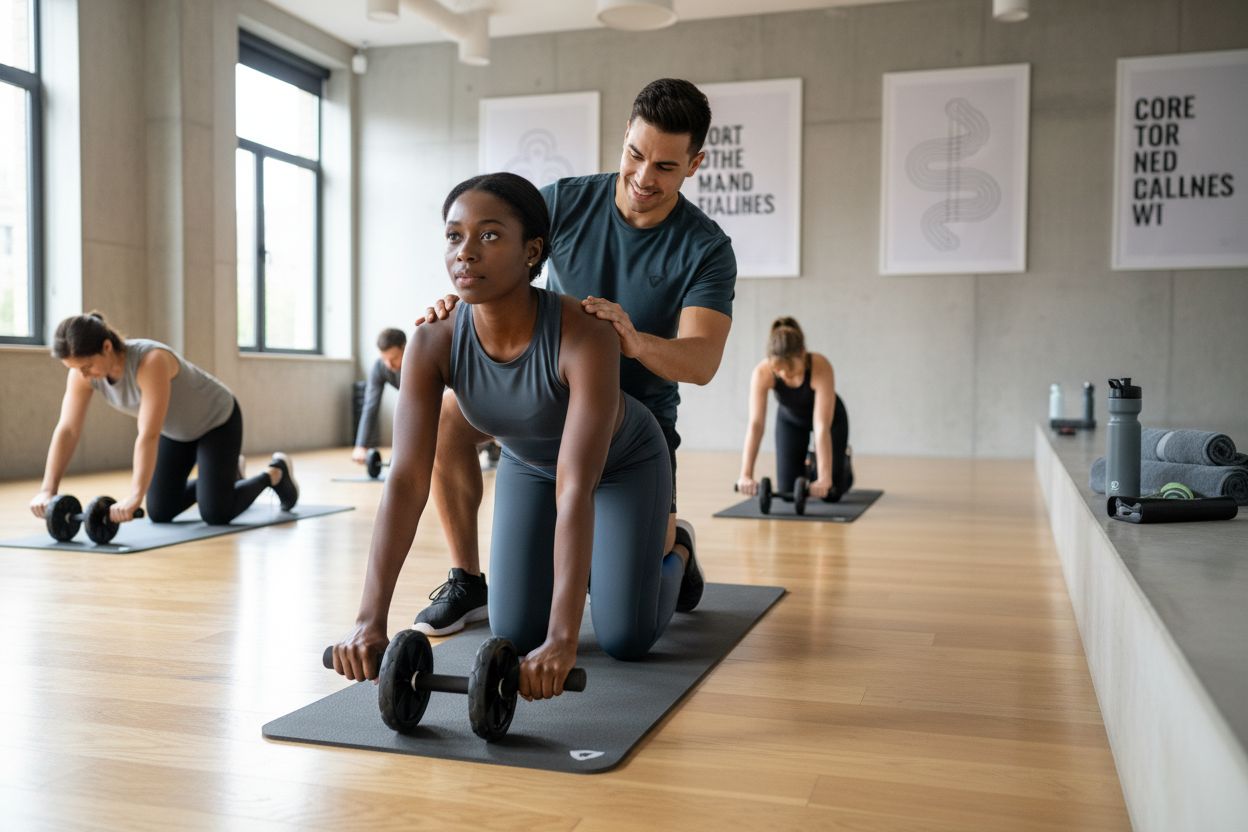

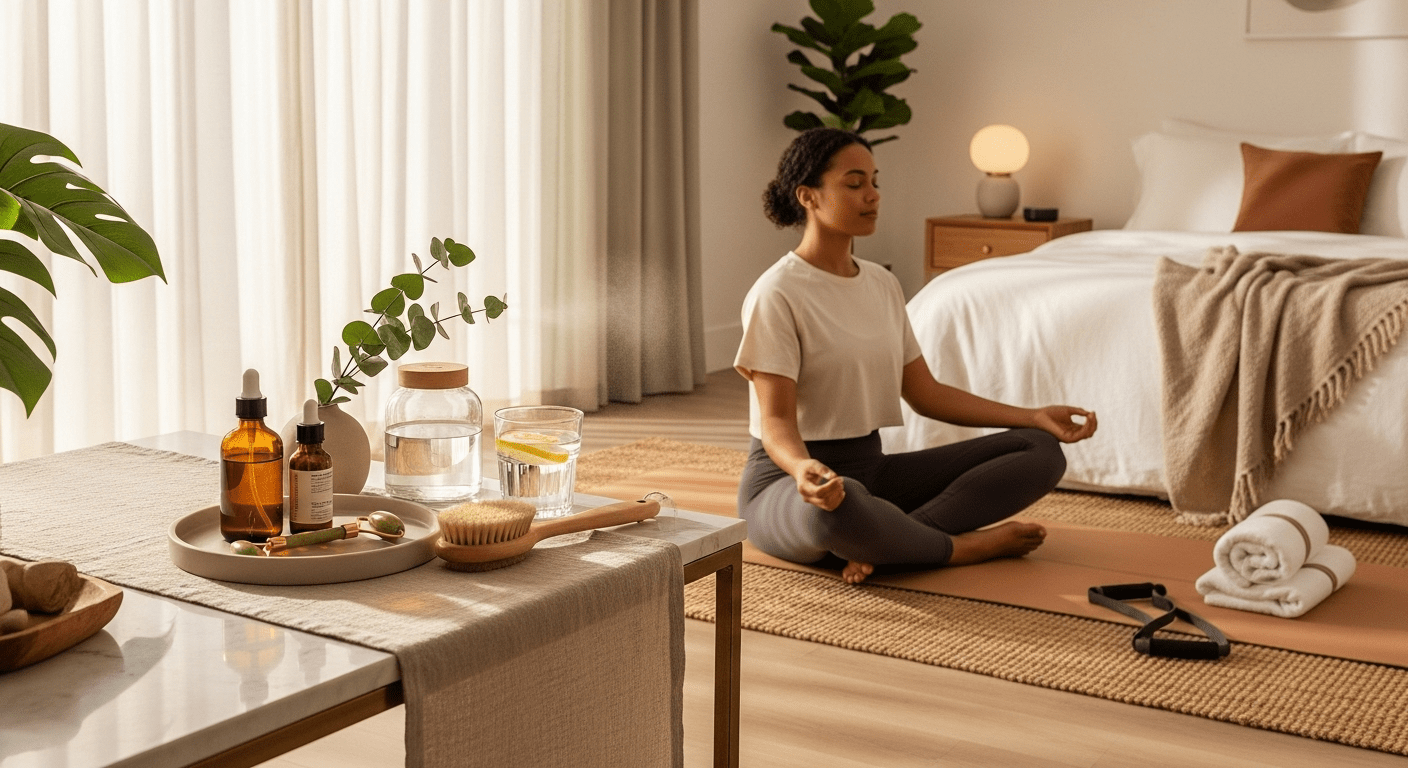

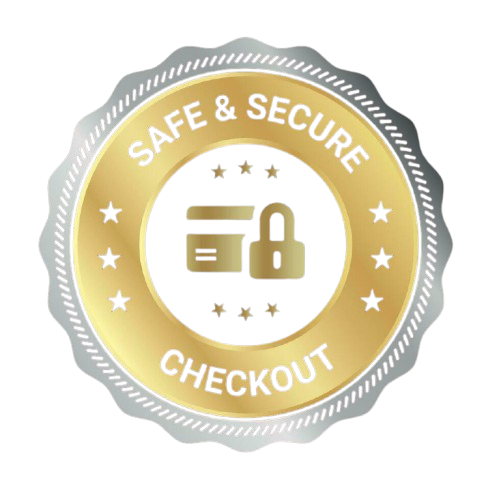


Leave a comment
All comments are moderated before being published.
This site is protected by hCaptcha and the hCaptcha Privacy Policy and Terms of Service apply.